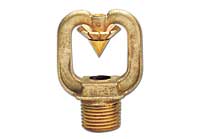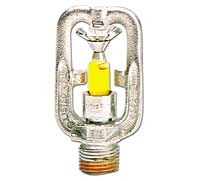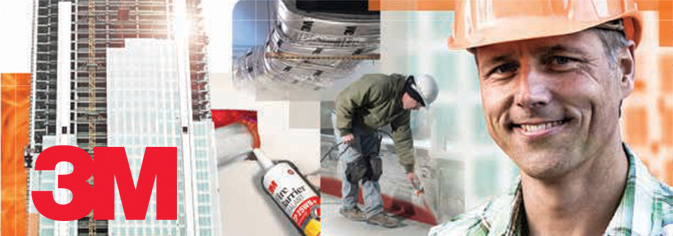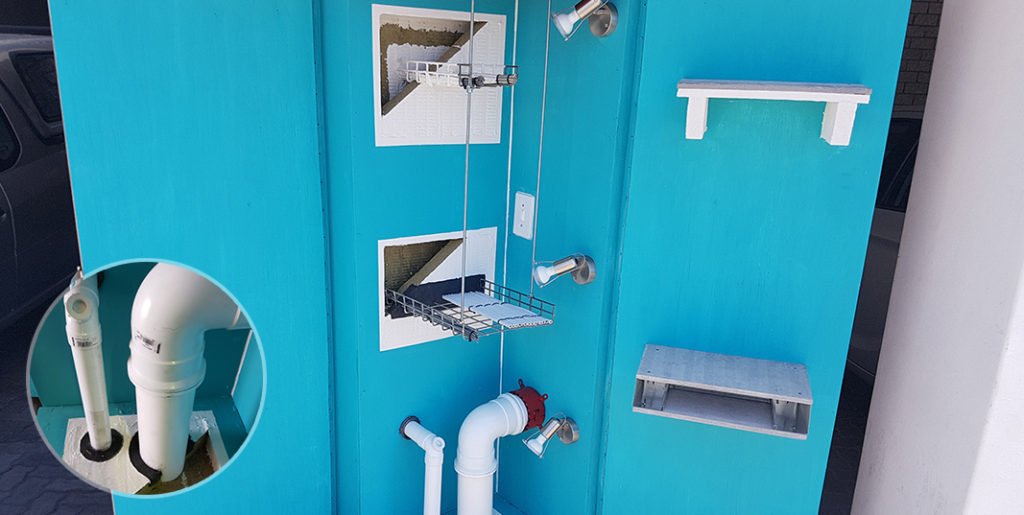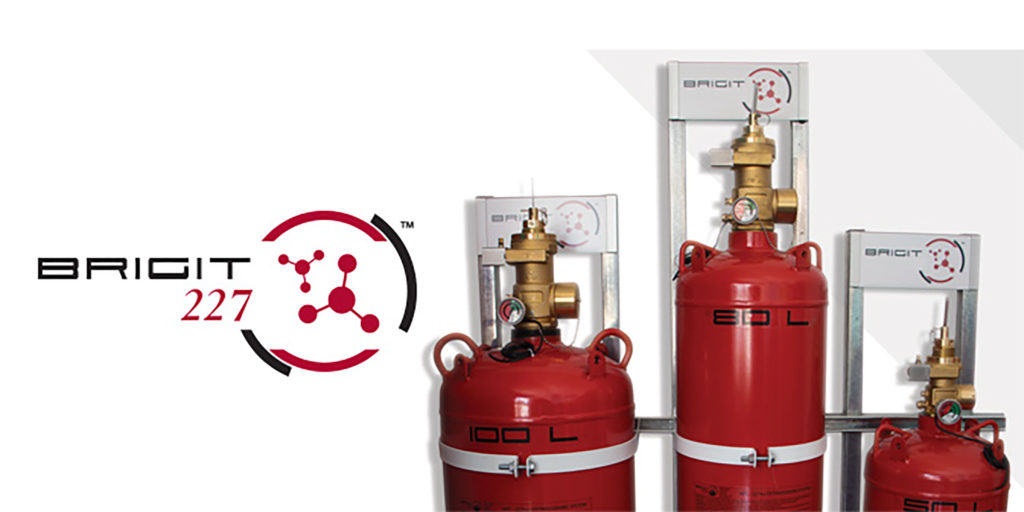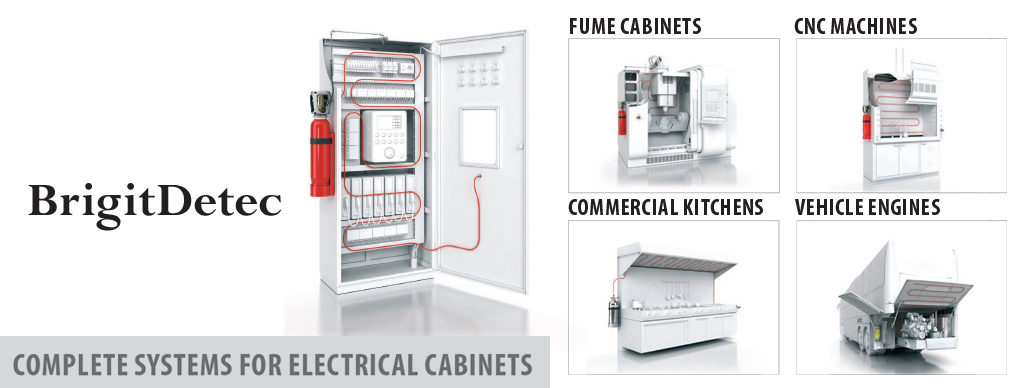
3M™ Novec™ 1230 Fire Protection Fluid is a next-generation halon replacement, designed to
alleviate concerns for human safety, performance and the environment. Unlike first-generation HFCs, 3M™ Novec™ 1230 Fire Protection Fluid has the key features defining sustainable clean agent protection:
- Zero ozone depletion potential
- Five-day atmospheric lifetime
- A global warming potential of one
- A large margin of safety for occupied spaces
3M™ Novec™ 1230 Fire Protection Fluid was created for life: for the life of your people, to help keep them safe from fire and chemical hazards; for the life of your equipment, to effectively protect it from fire; and for the life of your system, so it not only meets today’s environmental regulations but those of the foreseeable future.
With zero ozone depletion potential, extremely low global warming potential and short atmospheric lifetime,3M™ Novec™ 1230 Fire Protection Fluid is the first chemical halon replacement to offer a viable, long-term, sustainable technology for special hazards fire protection.
Because its use concentration is much lower than its No Observable Adverse Effects Level (NOAEL), 3M™ Novec™ 1230 Fire Protection Fluid offers the largest margin of safety of any chemical halon replacement available on the market today. Note: Industry standards require egress from a protected enclosure prior to system discharge.
One fire protection fluid. So many reasons to use it. Here is the new standard for halon replacement. 3M™ Novec™ 1230 Fire Protection Fluid offers a long-term, sustainable technology that has the greatest margin of safety, the lowest GWP for chemical clean agent alternatives, and zero ozone depletion potential.
What is 3M™ Novec™ 1230 Fire Protection Fluid?
3M™ Novec™ 1230 Fire Protection Fluid is a fluoroketone – a proprietary 3M™ technology that offers a number of important advantages over conventional halon replacements.
How does it work?
Extinguishing via its cooling effect, 3M™ Novec™ 1230 Fire Protection Fluid works as a gas, yet it is a liquid at room temperature. Because it is not packaged under pressure, 3M™ Novec™ 1230 Fire Protection Fluid has unique shipping and handling advantages over high pressure alternatives. 3M™ Novec™ 1230 Fire Protection Fluid systems allow for more efficient use of space compared to inert gas systems.
Where is 3M™ Novec™ 1230 Fire Protection Fluid used?
3M™ Novec™ 1230 Fire Protection Fluid is a highly efficient fire extinguishant that can be used for flooding applications in engineered and pre-engineered systems.
It is ideal for special hazards: spaces where the continuous operation of high-value equipment is paramount. Examples include: telecommunication switch rooms, computer and electronic control rooms, hazards aboar ships and critical military applications such as vehicle engine and crew bay protection. It is also ideal for environments such as libraries, cultural facilities, storage rooms, archives and museums, where valuable items must not be damaged by a fire extinguishing agent.
What sets it apart?
3M™ Novec™ 1230 Fire Protection Fluid has zero ozone depletion potential and the lowest atmospheric lifetime for chemical clean agent alternatives: 5 days. The next closest halon alternative is 29 years. 3M™ Novec™ 1230 Fire Protection Fluid has a Global Warming Potential of 1 which is 99.9% lower than any halocarbon agent acceptable for use in occupied spaces. 3M™ Novec™ 1230 Fire Protection Fluid has the largest margin of safety for use in occupied spaces. It makes good business sense to use 3M™ Novec™ 1230 Fire Protection Fluid because it is a sustainable, long-term technology. Not only does 3M™ Novec™ 1230 Fire Protection Fluid meet today’s regulations but it meets those of the foreseeable future.
